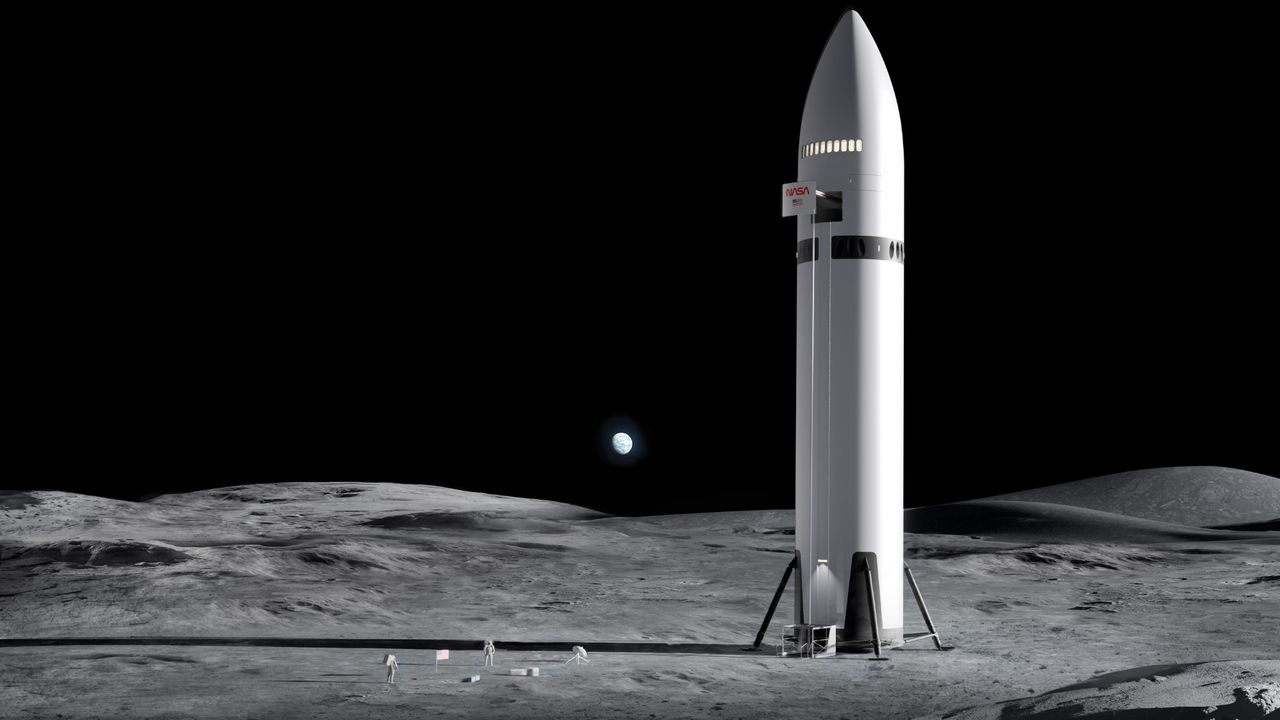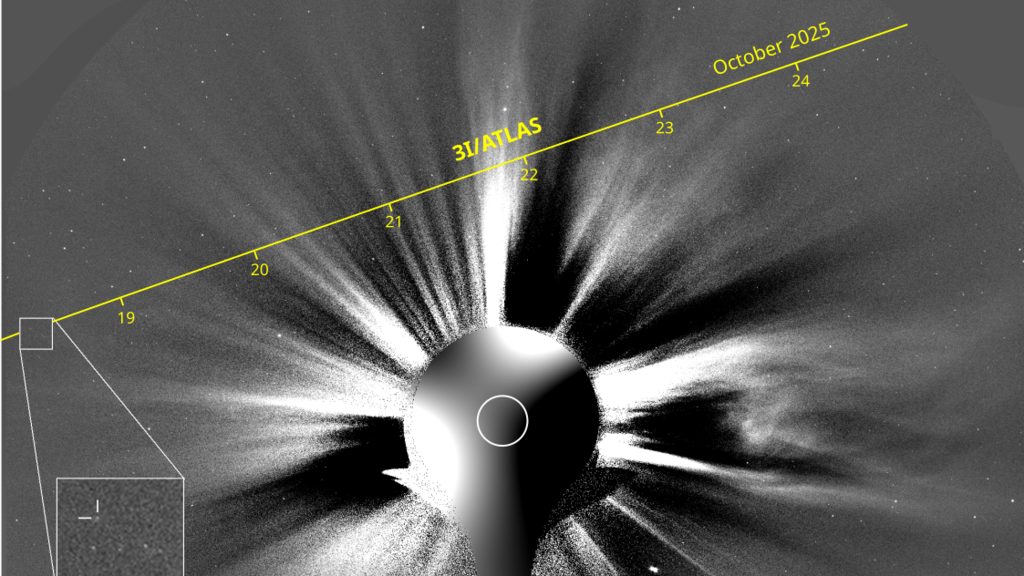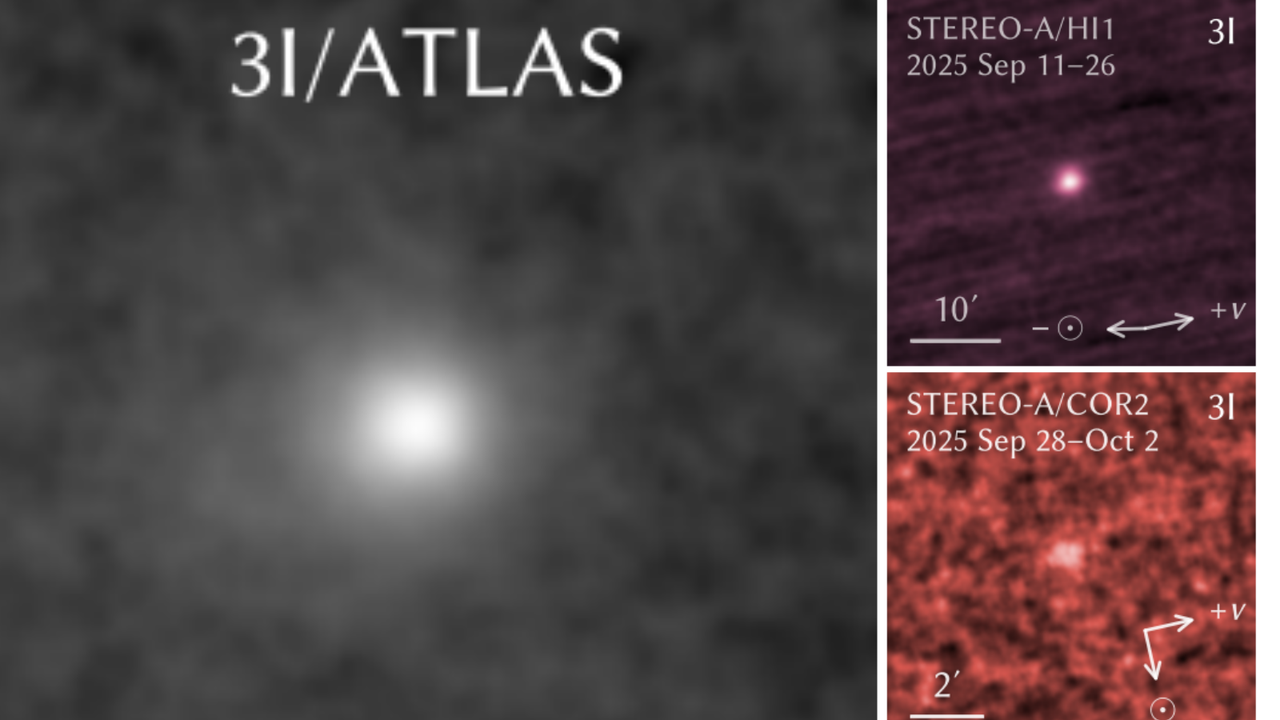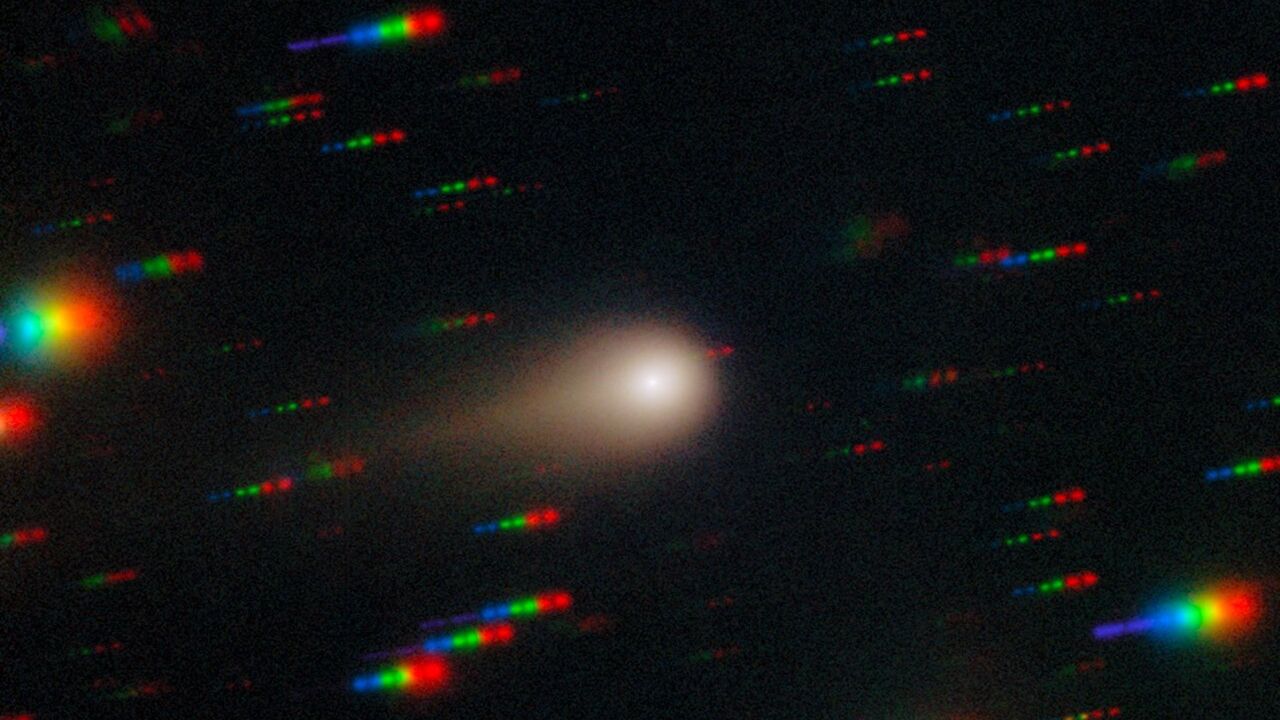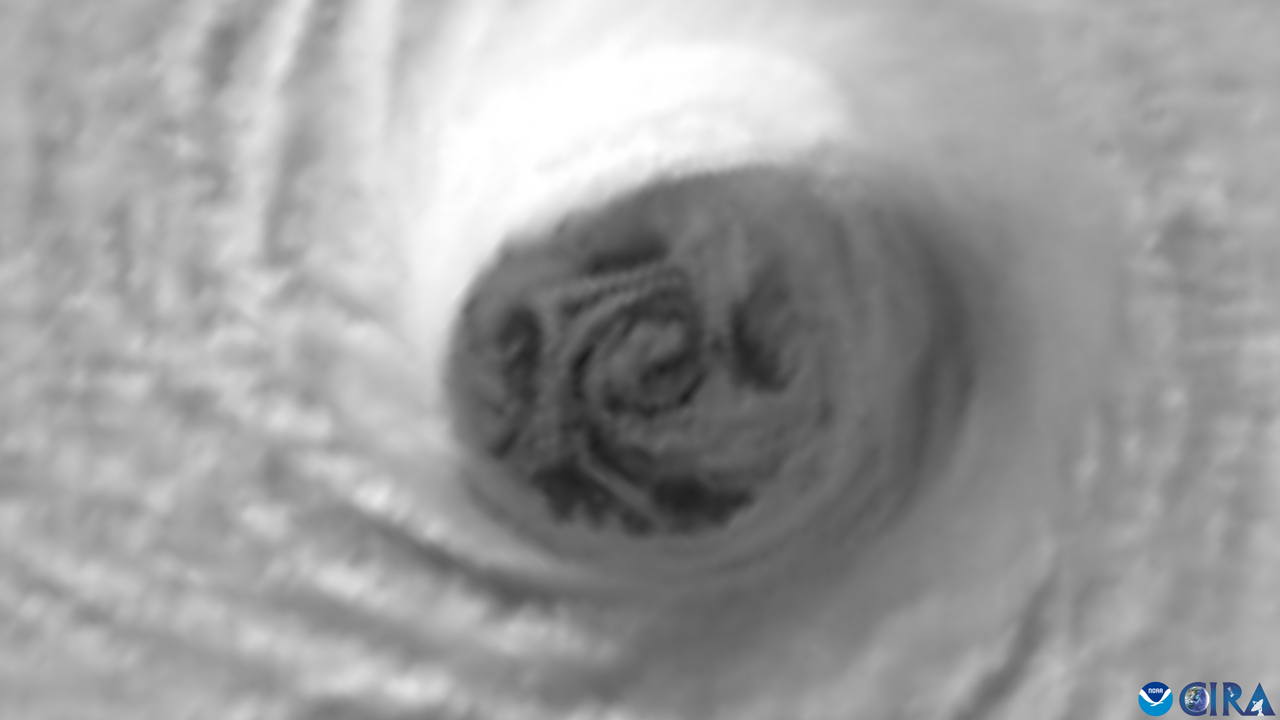Kim Kardashian Calls 1969 Moon Landing Fake. NASA Sets the Record Straight.
NegativeScience

Kim Kardashian recently stirred controversy by claiming that the 1969 moon landing was fake, prompting NASA to respond and clarify the historical event. This exchange highlights the ongoing debate about misinformation and the importance of credible sources in discussions about significant scientific achievements. As public figures share their opinions, it becomes crucial to distinguish between fact and fiction, especially regarding events that shaped our understanding of space exploration.
— Curated by the World Pulse Now AI Editorial System


